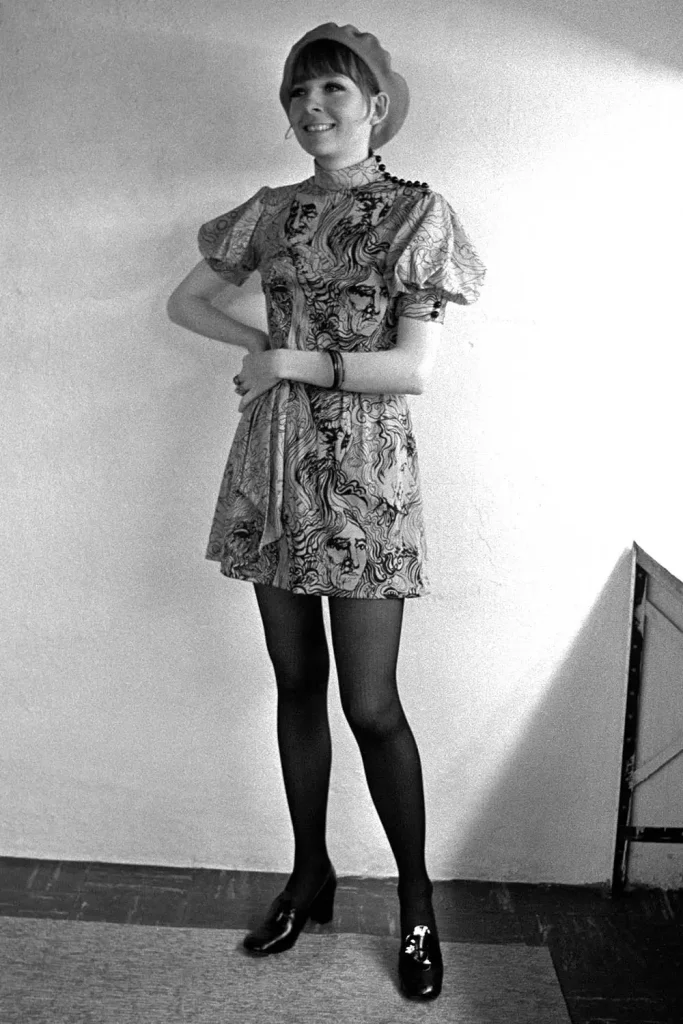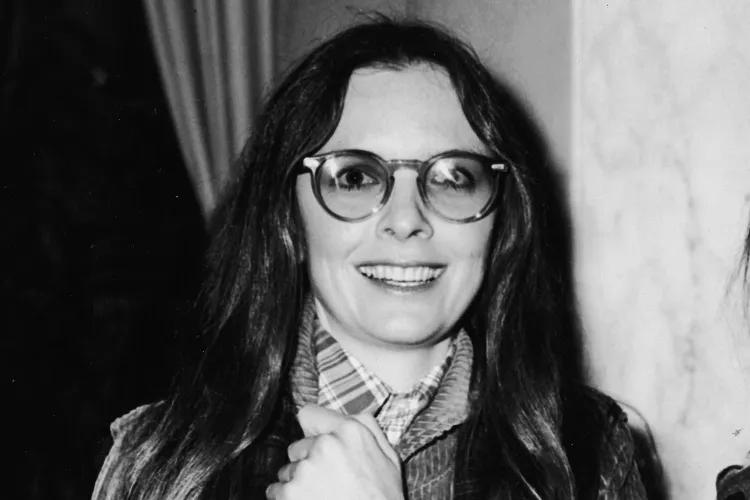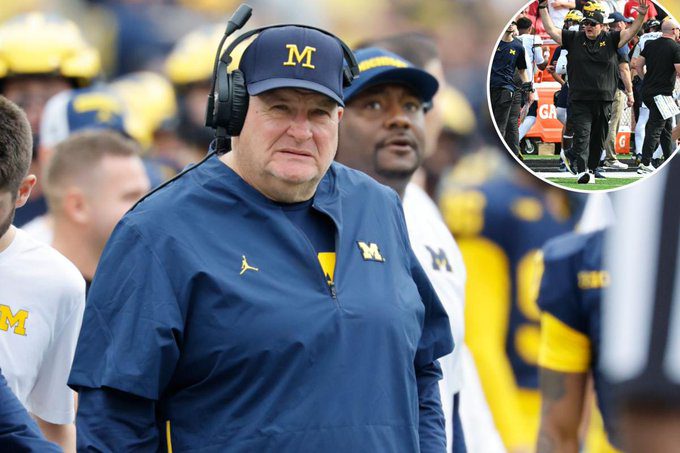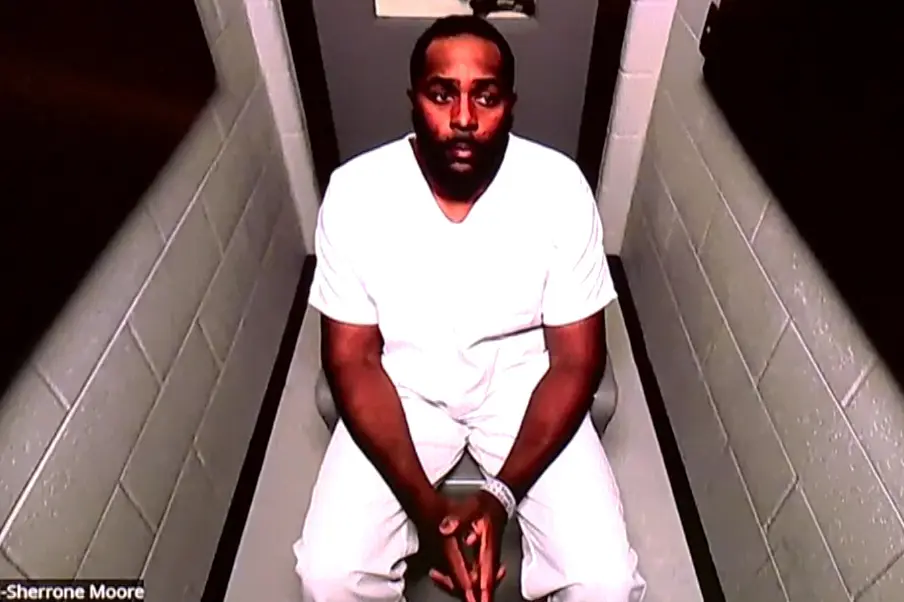How Diane Keaton Overcame ‘Terrible Stage Fright’ to Sing in 1970s New York — Long Before She Became a Hollywood Icon
Before Diane Keaton became one of Hollywood’s most beloved actresses, she was a young woman standing under the dim lights of New York City nightclubs, trembling with stage fright. It was the early 1970s — long before her Oscar-winning performance in Annie Hall — and Keaton was still figuring out who she was and what she wanted to say to the world.

According to author and former nightclub lighting director David Vass, Keaton would perform at small, smoky venues around Manhattan, her voice delicate but distinctive. “She had a beautiful voice, witty delivery and unusual approaches to arranging the songs she sang — that same eccentric way she dressed, only vocally,” Vass recalled in an interview with People. It was a time when Keaton was just beginning to shape her identity — not yet the fearless artist the public would come to know, but a young woman quietly testing her boundaries.
Those early years were not easy. Keaton has often spoken about her deep anxiety, admitting that performing in front of a crowd terrified her. “I had terrible stage fright,” she once said. “Every time I got up there, my knees would shake, my voice would crack, and I’d want to run away.” But she didn’t run. She pushed through it — night after night — singing not because she wanted fame, but because she wanted to prove something to herself.
In those days, New York’s artistic scene was electric. Small cabarets and downtown theaters became creative playgrounds for rising talents — actors, singers, comedians, and writers all colliding in the same bohemian spaces. Keaton fit right in, but she stood out too. Her quirky humor, unfiltered charm, and unique way of telling a story through song made her a favorite among regulars who sensed there was something special about her. “She had this natural charisma,” Vass said. “You couldn’t take your eyes off her.”

Her time performing in clubs became a quiet but defining chapter in her life. It taught her resilience, discipline, and self-acceptance — qualities that would later shape her acting career. Just a few years later, when she auditioned for the Broadway musical Hair and later met Woody Allen, those lessons paid off. She had learned to embrace her nerves rather than hide them. She had turned fear into fuel.
When she transitioned from singing to acting, that same vulnerability became her trademark. On screen, Diane Keaton’s characters always carried traces of her real-life fragility — confident yet uncertain, brave yet human. It’s what made her performances so relatable and unforgettable. From Play It Again, Sam to Annie Hall, audiences saw not just a character, but the woman behind it — authentic, emotional, and unafraid to be herself.
In retrospect, those nightclub years were more than just a prelude to stardom; they were a lesson in courage. For Keaton, overcoming her stage fright wasn’t about mastering performance — it was about understanding herself. “I was scared every night,” she once said. “But I kept showing up. That’s how I found my strength.”
Today, looking back on her legendary career, it’s easy to forget that Diane Keaton’s journey began in small, dimly lit rooms filled with nervous laughter and soft piano notes. Before the cameras and accolades, before the signature turtlenecks and glasses, there was a young woman daring herself to take the stage, voice trembling but heart wide open.
And that’s what makes her story so timeless — not just a tale of fame, but of fear conquered through persistence. Diane Keaton didn’t just find her voice in Hollywood; she found it years earlier, in those smoky New York clubs, one song and one brave performance at a time.



